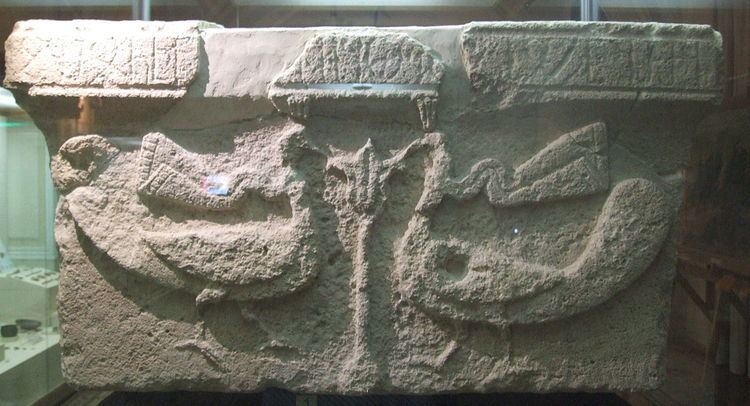ISO 639-3 xag | Writing system Caucasian Albanian Linguist list xag | |
 | ||
Language family Northeast CaucasianLezgicSamurEastern SamurAghwan | ||
Caucasian Albanian, AKA Aghwan or Old Udi, is an extinct member of the Northeast Caucasian languages. It was spoken in Caucasian Albania, which stretched from current day south Dagestan to Azerbaijan. Linguists believe it is an early linguistic predecessor to the endangered North Caucasian Udi language.
In 1996, Zaza Aleksidze of the Centre of Manuscripts in Tbilisi, Georgia, discovered a palimpsest at Saint Catherine's Monastery on Mount Sinai, Egypt, with an unknown script. He went on to identify the alphabet as Caucasian Albanian, and to identify the manuscript as an early Christian lectionary from about the 5th or 6th century. The lectionary may be the earliest extant lectionary in the Christian religion.
Then linguists Jost Gippert and Wolfgang Schulze got involved with the Caucasian Albanian alphabet. Specialized x-ray equipment with MuSIS was used, which made it possible to read the Caucasian Albanian palimpsest texts in their entirety. A list of Caucasian Albanian month names, which survived in a number of medieval manuscripts, gave one of the clues to the language.
Apart from the Caucasian Albanian palimpsests kept at Mt. Sinai, the most famous samples of Caucasian Albanian inscriptions were found in 1949 during excavations in Mingachevir region, Azerbaijan. Among the known Caucasian Albanian words are zow (I), own (and) and avel-om (much, ordinal form).
The deciphered text samples of the language include an excerpt from the Second Epistle to the Corinthians.
